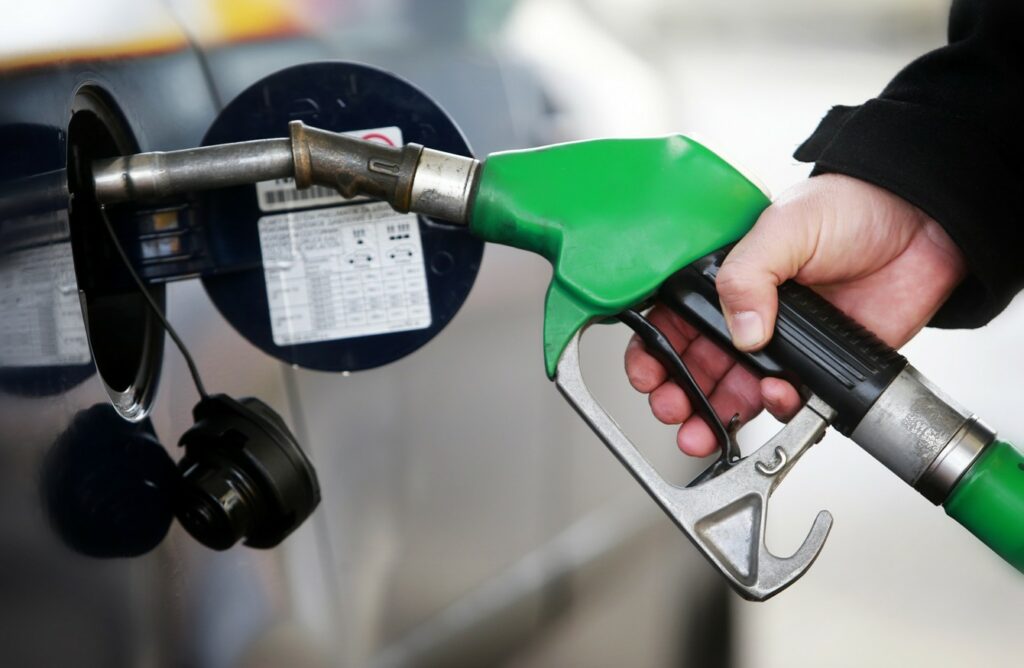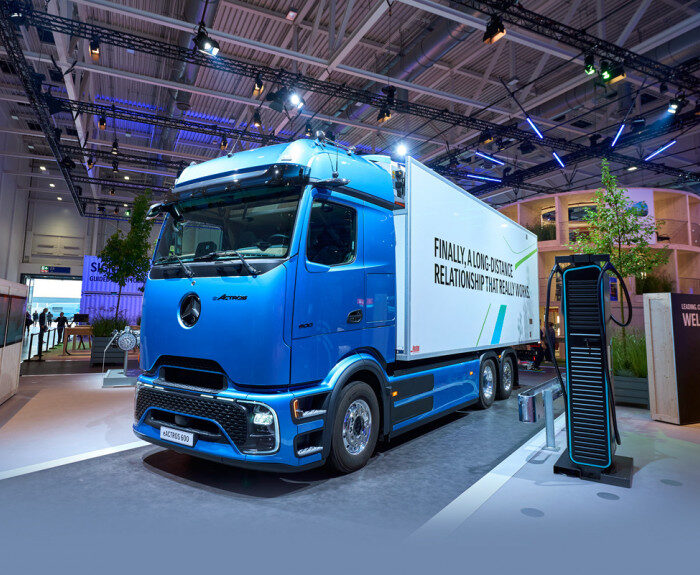Learn how to save on petrol by using fuel wisely.
Apart from the constant pursuit of fuel-efficient cars or the search for cheap gas stations, drivers often feel helpless when it comes to the cost of petrol.
Even if you don’t have a super-efficient car, you can change that. Read how.
Method #1. Monitor the tire pressure level
Inflate tires to the proper level. According to a study conducted by Kwik Fit, drivers spend almost 1 billion pounds a year on buying unnecessary fuel due to insufficiently inflated tires. Properly inflated tires are safer and have a longer service life.
- maintaining normal tire pressure will save on petrol and have a positive impact on driving safety
- check your tire pressure regularly, especially when going on a long road trip
- RAC experts claim that it is possible to reduce fuel consumption by as much as 2%
Method #2. Reduce the engine speed
Driving at high engine speeds leads to an increase in fuel costs, so we recommend changing gears whenever possible.
- change gears as early as possible to maintain the average engine speed — for example, 2500 rpm (for petrol engines) and 2000 rpm (for diesel engines)
- try to shift into higher gear whenever possible
Method #3. Unload the car
The greater the weight of the car (passengers, cargo), the more fuel it consumes, so don’t carry extra cargo in the trunk. A heavily loaded car consumes up to 20% more fuel.
- if possible, keep windows closed, especially when driving on a freeway
- bike racks and a roof rack will increase fuel consumption by at least 10%, so use them only when necessary.
Method #4. Choose a manual transmission
Cars with an automatic transmission can consume 10-15% more fuel than cars with a manual one. There is a tendency to use a semi-automatic transmission.
Method #5. Be reasonable
Driving a car in heavy shoes or heels reduces sensitivity, so it is difficult to control the necessary degree of pressure on the gas or brake pedals. It may seem strange, but wearing shoes with flat soles allows you to better control acceleration and braking.

You can also:
- try to avoid hard braking, acceleration, and then braking
- instead, try to maintain a constant speed within 15-20 miles per hour
- don’t forget about the smoothness of driving in heavy traffic
- avoid driving fast when you want to catch up with the car in front and then put on the brakes
Method #6. Monitor the technical condition of your car
Regular servicing will allow you to maintain the power efficiency of the engine.
- an important factor is the choice of the right engine oil’s type
Method #7. Obey the speed limit
The faster you drive, the more fuel you consume. AA research shows that when driving at 70 miles per hour, the driver consumes 9% more fuel than when driving at 60 miles per hour. When driving at 80 miles per hour, you consume up to 25% more fuel than when driving at 70 miles per hour.
- if you reduce your speed from 70 mph to 60 mph when driving on a country road, you can save an additional 10%
Method #8. Turn off the engine
Turn off the engine in traffic, while stopping or parking, if it is safe to do so.
- many drivers like to warm up the engine before driving in the cold season — this leads to the consumption of petrol, as well as engine damage
Method #9. Turn off the air conditioner
Working air conditioning can increase fuel consumption when driving at low speeds, but this is less noticeable when driving at higher speeds.
- open windows when it’s hot. Leave the air conditioning on for driving on a highway.
Method #10. Walk more
The best way to save on petrol is to get behind the wheel only when you really need it.
- Occasionally, leave your car in the garage, and take a walk or change to public transport. Use a carsharing service for commuting.


Published July 15, 2021 • 3m to read






